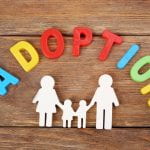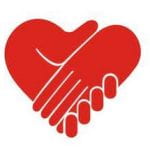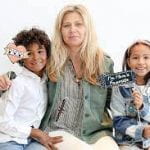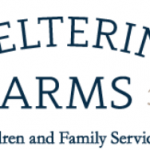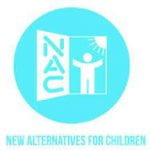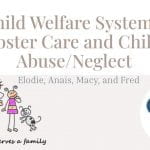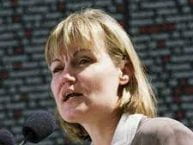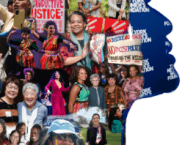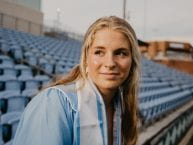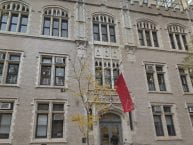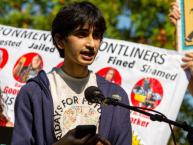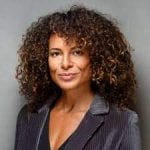
On Thursday, February 24, 2022, our social justice group was given the opportunity to meet with April Dinwoodie, who was a former marketing executive in the fashion industry but now is an activist who creates podcasts and helps influences people to help Black and Brown foster children to find loving and safe homes. April identifies as a black and biracial woman. At an early age, April was adopted into a white family. She shared her story on how she navigated life living as a black and biracial woman in a white family.
Boston, Massachusetts is where April June Dinwoodie was born. Helen June, who is her biological mother, couldn’t care for April so she was put in foster care. Also, April has no information about her biological father. After a few months, April was adopted by a white family. The name that April was given at birth by her biological mother was June. April now as a podcast called “Born in June, Raised in April.” However, April’s forever parents named her April. And by the way, April was never born in April or June. (April was born in October so she found this really funny during the interview) Then June became April’s middle name.
Coming into the Dinwoodie family was a welcoming experience for April, although she was the only adopted and Black/Bi-Racial child in the family. She felt different from her siblings of experience because of her race, but her family did not treat her differently despite her differences. April felt accepted at home, but once she got to middle school, she started to get bullied by her peers. Growing up in a predominately white environment as a Black/Bi-Racial girl was hard, and April had to protect herself. Her parents were not aware of what was happening and they did not share the same racial experiences as her. April felt stuck and didn’t know who to talk to about the bullying at school. She encountered lots of racism as she grew up, so this sparked an interest in making changes for other kids like her who were going through similar experiences. When April was in her 20s, she wanted to look for her birth mother, Helen, but Helen didn’t want to meet or see her. April was heartbroken, she said. A quote from April was, “It felt as if she had a ‘double rejection’ because her birth mother didn’t accept her when she was born and later rejected her when she was a grown adult.” This is when April started to become an activist for children of color in the foster care and adoptions systems. Since there are 200,00 children in foster care every year, April explained to us, black and brown foster children are always represented disproportionally than their white counterparts, and black and brown children stay in foster care for longer. One thing that I found really interesting during this interview with April was that she said that adoption agencies and adoptive families “claimed to not see color.” I thought this was really interesting because you do need to see color, you just have to be aware of your bias and privilege a lot of the time. And April totally agreed. April wanted to become an activist so agencies and families see the color, just in a different way. April supports programs and events that make families aware of the color in some kids. She also quoted this, explaining from her own experiences, what she wants other kids of color in the foster care and adoption systems to feel, “Parents must listen to their children and understand what is best for their future. April wants to help all Black and Brown foster parents to gain the training and understanding they need to be successful with their children.” Overall I think that April really tries to inspire people. She’s really good at her job because I thought I was inspired, but now I am even more.
Hearing April’s story is very inspiring. She is an incredible person who does so much for Black and Brown foster children. She has podcasts and a website, (https://aprildinwoodie.com/the-podcast) and works very hard every day to make a change. This was an incredible interview!





